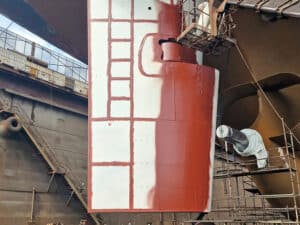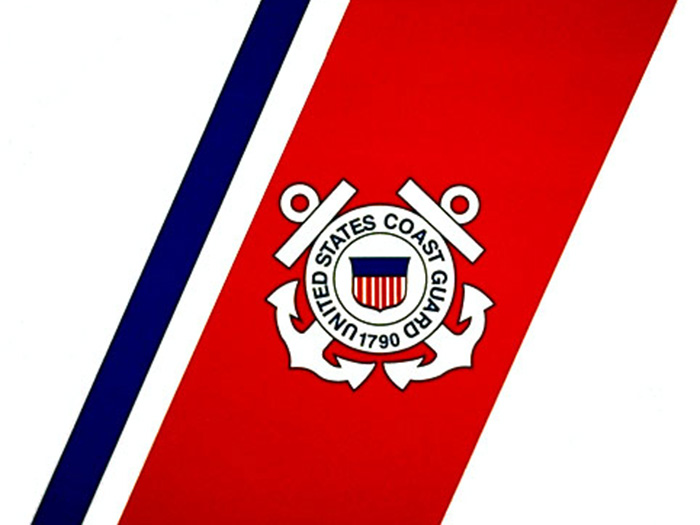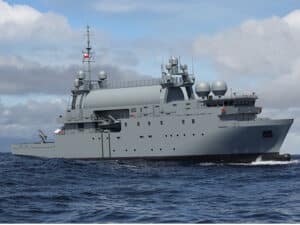
USCG proposes to update electrical engineering regs
Written by Marine Log Staff
by Tom Ewing
On April 22, the U.S. Coast Guard published a Notice of Proposed Rulemaking (NOPR) to update maritime electrical engineering (EE) regulations. The regulations impact design, construction and inspection of an estimated 5,570 vessels.
Additionally, the NOPR adds requirements for:
- Generator prime movers;
- Electrical cable construction;
- Classifications of hazardous locations; and,
- Allowing emergency generators in port.
Note that this is a proposed rulemaking. After the public comment period, the NOPR could re-emerge as a draft rule. Importantly, for affected businesses, the NOPR process offers the chance to participate in regulatory developments earlier, not later.
The USCG’s NOPR is really an update of updates. It uses a rulemaking process known as “incorporation by reference,” or IBR. When setting technical standards, the Coast Guard explains that “it relies as much as possible on existing industry consensus standards.” IBR minimizes the proliferation of differing standards.
The idea of working from a limited and controlled library of resources is a good one, of course, but the USCG’s EE document nevertheless references hundreds of separate and detailed items from over 20 standard setting organizations, from the American Bureau of Shipping to the Institute of Electrical and Electronics Engineers to Underwriters Laboratories, as well as government documents. Some of these references are quite old, going as far back as 1995.
“Due to technological advances,” the Coast Guard writes, “it is necessary to update the current standards to ensure modern technologies are addressed in the regulations. The Coast Guard recognizes the significant technological advances in electrical engineering equipment, systems, and devices carried on vessels. This proposed rule would encourage the use of newer equipment and promote adherence to modern standards in the industry.”
The NOPR presents these changes first by referencing an organization’s updated work and then proposing that the CG’s document should, by reference, incorporate those updates.
For example, in 2018, the American Petroleum Institute updated guidelines for the installation of electrical equipment at certain petroleum facilities. In contrast, the CG’s current document references API’s work from 1997. The NOPR would delete those older guidelines and incorporate API’s 2018 standards. This is repeated for hundreds of EE issues.
As noted, the Coast Guard estimates the EE changes will impact 5,570 vessels. Combination bulk cargo tank and freight barges are the largest (3,416) class of vessels, followed by tank vessels (950) and third, cargo and miscellaneous vessels (577).
Vessel safety, of course, is a primary concern plus the Coast Guard estimates that industry will save about $22,787/year if the NOPR is eventually approved. That’s based on avoided costs—the EE updates will mean fewer applications for variances. The reduced work is calculated to save the CG $27,136/year.
In an alternatives analysis the Coast Guard presents three alternatives: (1) doing nothing; (2) issuing a “policy letter,” a rather piecemeal approach; and (3) incorporating the new technical work to completely update the regs.
The Coast Guard prefers No. 3, commenting that the updated regs would align national and international standards, provide options for alternate standards and clarify existing requirements.
If you would like to weigh in on this issue, the comment period is open until July 21.
(Tom Ewing is a freelance writer specializing in energy and environmental issues.)




